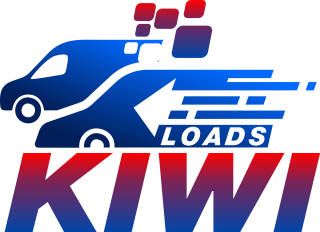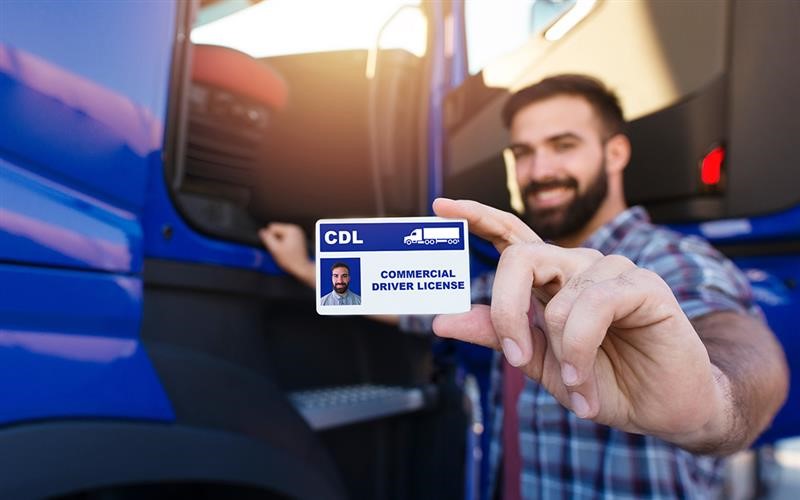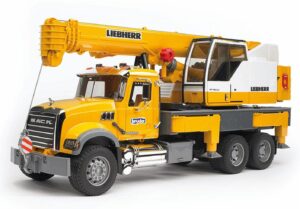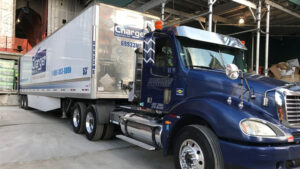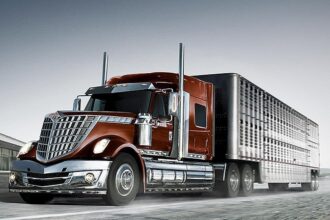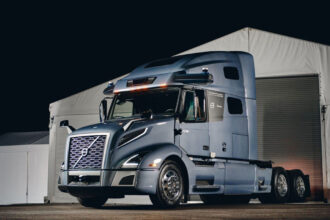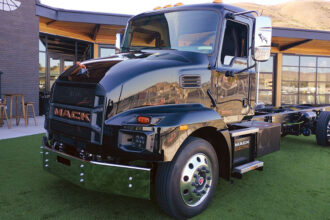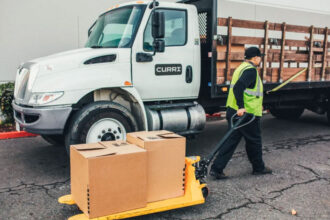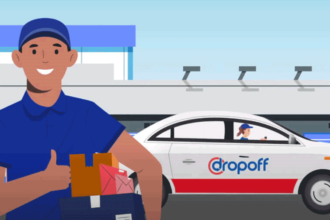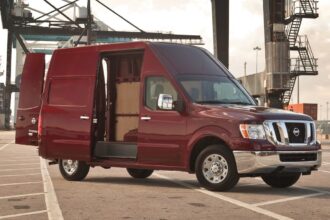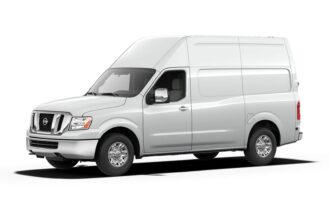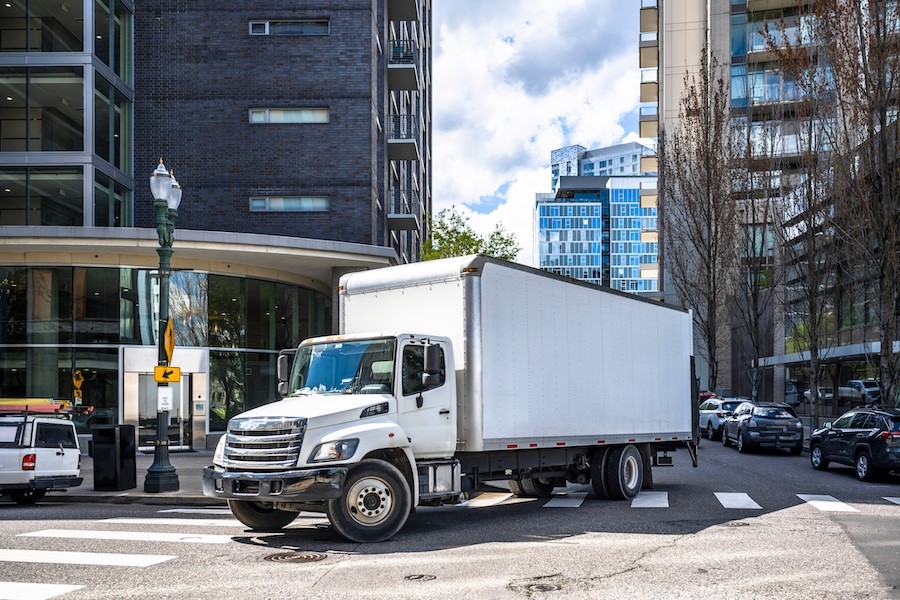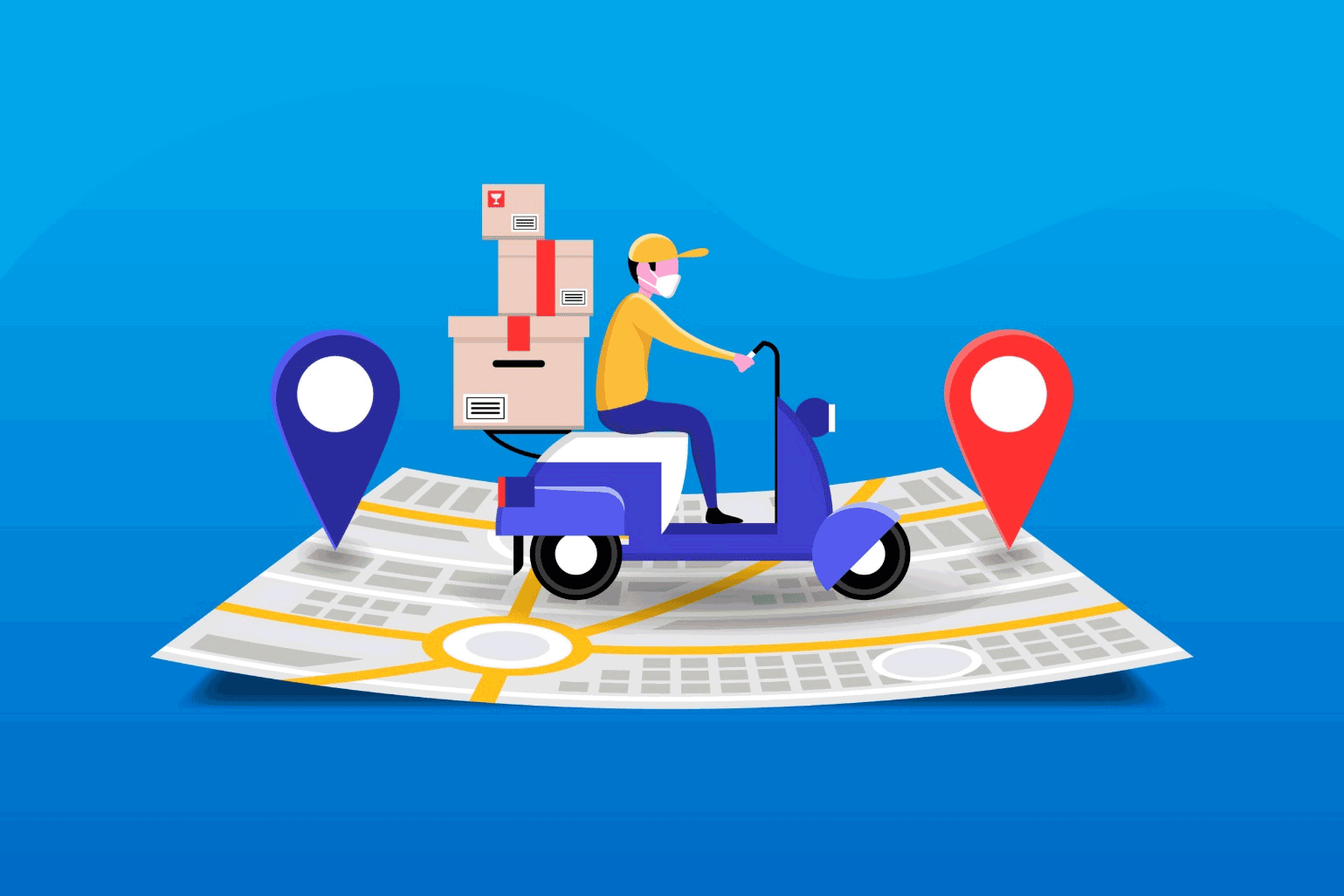Table of Contents
Introduction
Alright, so you want to get your commercial driver’s license (CDL) Class C certification. This allows you to operate heavy straight trucks, large vehicles, and buses for commercial use.
Earning this license takes some time and effort, but follow this guide and go through the entire process step-by-step.
Summary
- Identify What You Need
- Choose your Type of CDL Class C
- Apply for a CDL Training School
- Study and Pass the Written Exam
- Pass the Skills Road Test
- Get Your CDL Credential
- Maintain Your CDL Status
- Find Other CDL Opportunities
- Upgrade Your CDL Class C
Recap
1. Identify What You Need
To get a CDL class C, identify what you need. Make sure you meet these prerequisites, before going any further to get your CDL Class C:
- Be at least 18 years old (21 to drive interstate)
- Hold a valid regular driver’s license
- Pass all required medical exams
- Provide proof of U.S. residency or citizenship
- Check specific state CDL requirements
You also need to study the CDL handbook for your state and pass the written general knowledge exam. More on both of those steps shortly.
One other big thing – you can NOT have a disqualifying criminal offense for a CDL. Things like DUI or felony fraud will prevent you from earning this license. Make sure your record is clean!
>>>MORE: How To Get a CDL Class A
2. Choose your Type of CDL Class C
To obtain a CDL class C, select the specific one you need. There are a few options when it comes to the Class C CDL:
- – Class C: For regular vehicles 26,000 lbs or less
- – Class C P2: Carries 16+ passengers
- – Class C Firefighting: Fire trucks
- – Class C HM: Hauling hazardous materials
Consider what you need the license for. The majority of Class C holders get the regular 26,000 lb. license. But make sure to check specific job requirements.
3. Apply for a CDL Training School
To acquire a CDL class C, apply for a training school. If you’re hoping to fast track getting your CDL Class C license, consider a trucking training school. These intensive certification programs range from 3-6 weeks and provide trucking companies with turn-key job candidates.
Many community colleges and private trucking schools offer CDL programs. Costs vary but plan on spending $3,000 to $7,000 for quality training. Many state workforce agencies and employers provide CDL grants.
Just be wary of schools advertising very low tuition or guaranteed job placement. Stick with reputable programs that adequately prepare you for passing the exams.
The benefits of training schools include:
- Provides structured learning environment
- Gives hands-on driving practice
- Offers professional instructors
- Provides assistance finding trucking jobs
Going the training route can accelerate the process but requires an investment. Weigh the costs against any state/employer funding assistance available.
Either way, once you earn that CDL Class C credential, an exciting new career in commercial driving opens up! Just take it step-by-step and you’ll be on the road in no time. And remember, safety first every time you get behind that wheel!
4. Study and Pass the Written Exam
To bag a CDL class C, study hard and pass the exam. Now it’s time to hit the books! You must study the official CDL manual for your individual state. This covers all the detailed Class C knowledge you’ll need about: driving techniques, vehicle inspection, transportation laws, emergency procedures, sharing the road and much more.
Download the latest manual for free online and spend as much time as you need studying. When you’re ready, sign up to take the CDL general knowledge written exam at your local DMV or approved testing center.
The written test contains 50 multiple choice questions. You need an 80% (40 correct answers) to pass. If you fail, you can re-take it after a waiting period – usually 2-3 weeks.
>>>PRO TIPS: Best CDL Schools for Trucking
5. Pass the Skills Road Test
To receive your CDL class C, pass the road test. Once you pass the written exam, it’s time to demonstrate your hands-on driving skills. Schedule the Class C road test/skills test through the DMV. Bring valid ID, wear your seatbelt, and make sure your test vehicle is safe and functional.
The examiner will assess your competency in:
- Vehicle inspection
- Basic control
- Shifting gears
- Turning, merging, parking
- Watching for hazards
- Safe backing up
Basically, he or she wants to see that you can safely operate the type of Class C vehicle you’ll be certified for. Follow all instructions, drive defensively, and use your mirrors.
You may make minor mistakes, but stay calm! One major error like dangerous driving/disobeying traffic laws means automatic failure. Tests vary slightly by state but you can usually re-take it after 15 days.
6. Get Your CDL Credential
To gain your CDL class C, get your CDL credentials. Once you pass both the written knowledge and road tests, congratulations – go to the DMV to get your official commercial driver’s license document! This card certifies your Class C certification.
Double check that your new CDL shows the proper class and endorsements. Make sure your personal details – name, height, weight, address etc. – are also accurate.
There may be extra steps like showing proof of insurance, paying fees, or getting vehicle registrations depending on your state. But once all that’s done, you can hit the road as a licensed Class C CDL holder!
7. Maintain Your CDL Status
To prevent losing your CDL class C, maintain your status. Getting that Class C is just the beginning. Here are some tips for keeping your CDL status valid long-term:
- Renew on time – CDLs must be renewed every 4 to 5 years
- Keep up with medical exams – doctors must recertify you regularly
- Maintain clean driving record – tickets and violations affect your status
- Review state CDL rules – stay up to date on any changes
- Consider additional endorsements – like P2 or HM to expand your capabilities
Proper CDL status maintenance keeps you legally certified for commercial driving jobs. Follow state guidelines and don’t let your license expire!
8. Find Other CDL Opportunities
To utilize your CDL class C, explore job opportunities. What kind of work can you do with a freshly minted CDL Class C license? There are lots of Class C job opportunities including: dump trucks, ambulances, school buses, construction vehicles, firefighting trucks, passenger buses, moving trucks, tractor trailers.
Scope out job boards and transportation companies that need Class C drivers. Big rig trucking companies frequently hire Class C holders. You may start as a port driver working docks before advancing to OTR long haul.
Many municipal jobs like bus drivers and first responders also require a Class C. Construction companies utilize Class C for operating large work vehicles and earth movers.
Your options for commercial driving jobs are wide open with this license! Just start applying and be ready to safely operate the vehicle types you’re certified for.
>>>GET SMARTER: How to Get a CDL Class B
9. Upgrade Your CDL Class C
To gather more licenses, move further and upgrade your CDL class C. Down the road you may want to upgrade your Class C certification:
Going from Class C to Class B requires some extra study and testing. But you’ll be licensed for medium-sized trucks and buses like dump trucks up to 26,000 lbs.
To upgrade to a Class A, you’ll need to fully re-certify and demonstrate skill driving a tractor trailer combo. But you can haul the biggest loads!
Many Class C holders start specialized trucking schools to upgrade their CDL and enter the world of big rig truck driving.
Add endorsements like passenger transport or hazardous materials to expand your CDL capabilities as your career progresses.
So in summary:
- Class C: Heavyweight straight trucks and buses
- Class B: Medium trucks and buses 26,000 lbs or less
- Class A: Tractor trailers and large trucks over 26,000 lbs
Recap
This guide outlines the steps to obtain a commercial driver’s license (CDL) Class C, enabling you to operate heavy straight trucks, large vehicles, and buses for commercial purposes.
It covers prerequisites, choosing the appropriate CDL type, training options, exams, maintenance of CDL status, job opportunities, and potential upgrades to Class B or Class A.
Obtaining and maintaining a CDL Class C opens doors to various commercial driving careers.
